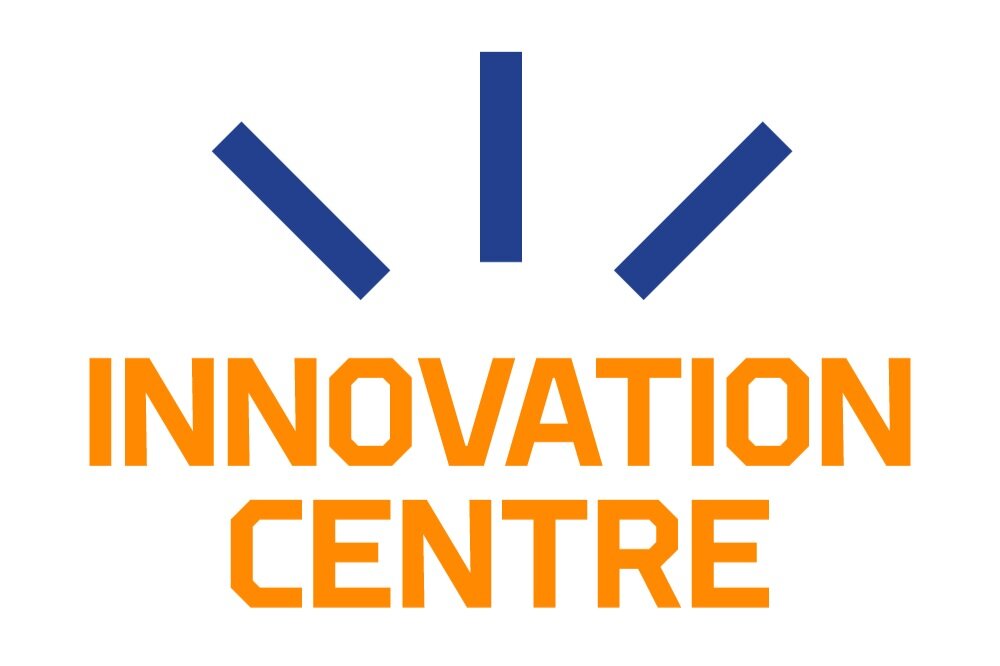The 6CORE project is looking for future network solutions: 6G is wanted to be dynamic, scalable and modifiable
Writer Vilma Lehto
We have already introduced in a few blog posts what kind of research is being done at the University of Oulu around 6G. Next, it’s time to dive into the world of the 6GBridge-6CORE project!
The 6CORE project is done in collaboration with the South Korean ETRI research institute (Electronics and Telecommunications Research Institute). The name of the project was born in South Korea’s end, as the cores of communication networks are their strongest area of expertise and at the same time their main focus of research.
“In South Korea, topics related to the core network are being researched, while we here at the University of Oulu focus on so-called lower layers, that is, we study the research and implementation challenges related to the network architecture of the developing 6G system and selected wireless key technologies,” says Pekka Pirinen, who co-directs one of the technical packages of the project. He was also preparing the project application and the research plan at the beginning of the project and initially acted as the project manager of the project.
New network from a fresh base
The aim of the project and cooperation with South Korea is to achieve concrete contributions to 6G standardization, IPR, demonstration, prototypes and thus future network solutions. It has three technical packages underway, focusing on different topics. The first package focuses on network-level research problems, the second aims to develop and verify the operation of new multi-network solutions in an open architecture framework, and the main theme of the third package is wireless connectivity.
“Previously, when moving from an old network to a new one, it was built on top of the old one. At some point, however, the limit is reached, and then you have to build from a new base. 6G is being built on the basis that the network would be service-centric. In that case, services would no longer be made according to the available network but vice versa.”
At the same time, according to Pirinen, they want 6G to be dynamic, scalable and modifiable. This way it bends for several different uses so that everything works flawlessly.
“In previous networks, it was thought that bits had to move faster. That’s why data transfer was scaled faster and the network coverage area larger. In 6G, things other than just data speed are seen as significant. For example, in some cases reliability is needed, in others the possibility of decentralizing the network is important. We want 6G to make all this possible.”
Wide entity to manage
Originally, the project started with the team considering what kind of functions should be in the 6G network, how they should be arranged and what the whole network structure should be like. In general, the focus of the entire 6G flagship had been for a long time on what the architecture and functionalities of the 6G system should look like.
“We already had a couple of other research collaborations going on with ETRI, and they suggested a third topic for cooperation related to 6G system architecture. Business Finland’s 6GBridge program gave us a suitable opportunity to apply for funding for this cooperation.”
The project is still in its early stages, as it only got properly started last summer.
“This is a wide entity, so there’s plenty of work. In general, managing these new generation networks requires a lot of work,” Pirinen says.
6CORE is a project funded by Business Finland. In addition, it involves representatives of companies such as Nokia, Ericsson, ABB and Cumucore as In kind participants. It started in early 2023 and will run at least until 2025. You can read about the cooperation with South Korea from the 6G Flagship's page.
Vilma Lehto
Viestinnän harjoittelija / Communications Intern
+358 50 305 5761
vilma.lehto@oulu.fi
Blogitekstit, uutiset, sosiaalinen media, tapahtumaviestintä.
Blog posts, news, social media, events communication.



